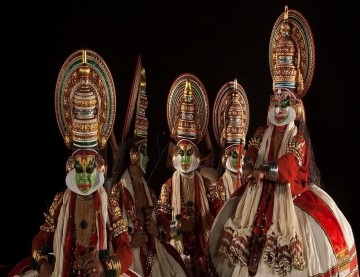
Child Labour
The term “child labour” is often defined as work that deprives children of their childhood, their potential and their dignity, and that is harmful to physical and mental development. It refers to work
Donate Now
Abuse and Harassment against Children & Adult
Violence against children includes all forms of violence against people under 18 years old, whether perpetrated by parents or other caregivers, peers, romantic partners, or strangers.
Donate Now
Education & Healthcare
Health education is a social science that draws from the biological, environmental, psychological, physical and medical sciences to promote health and prevent disease, disability and premature death through education-driven voluntary behavior change activities.
Donate Now
Environment
Environment can be defined as a sum total of all the living and non-living elements and their effects that influence human life. While all living or biotic elements are animals, plants, forests, fisheries, and birds, non-living or abiotic elements include water, land, sunlight, rocks, and air.
Donate Now
To Promote Indian Culture and Tradition
Indian culture is full of unique customs and traditions that are waiting to be explored. These cultural aspects differ widely across India’s 28 states and seven territories, and many of them stem from ancient Indian scriptures and texts, which paved the way of life in India for centuries. Our 10 customs and traditions in Indian culture will show you just a few of them.
Donate Now